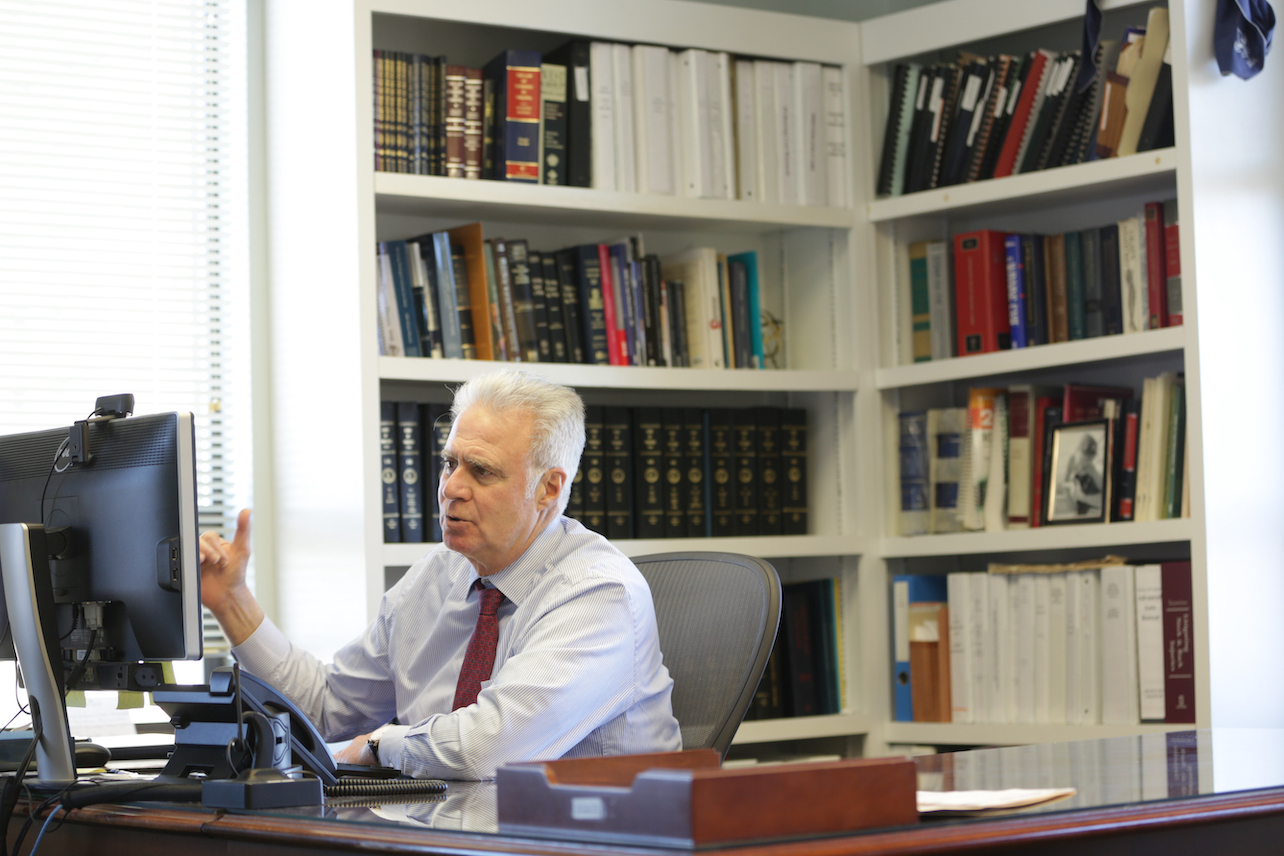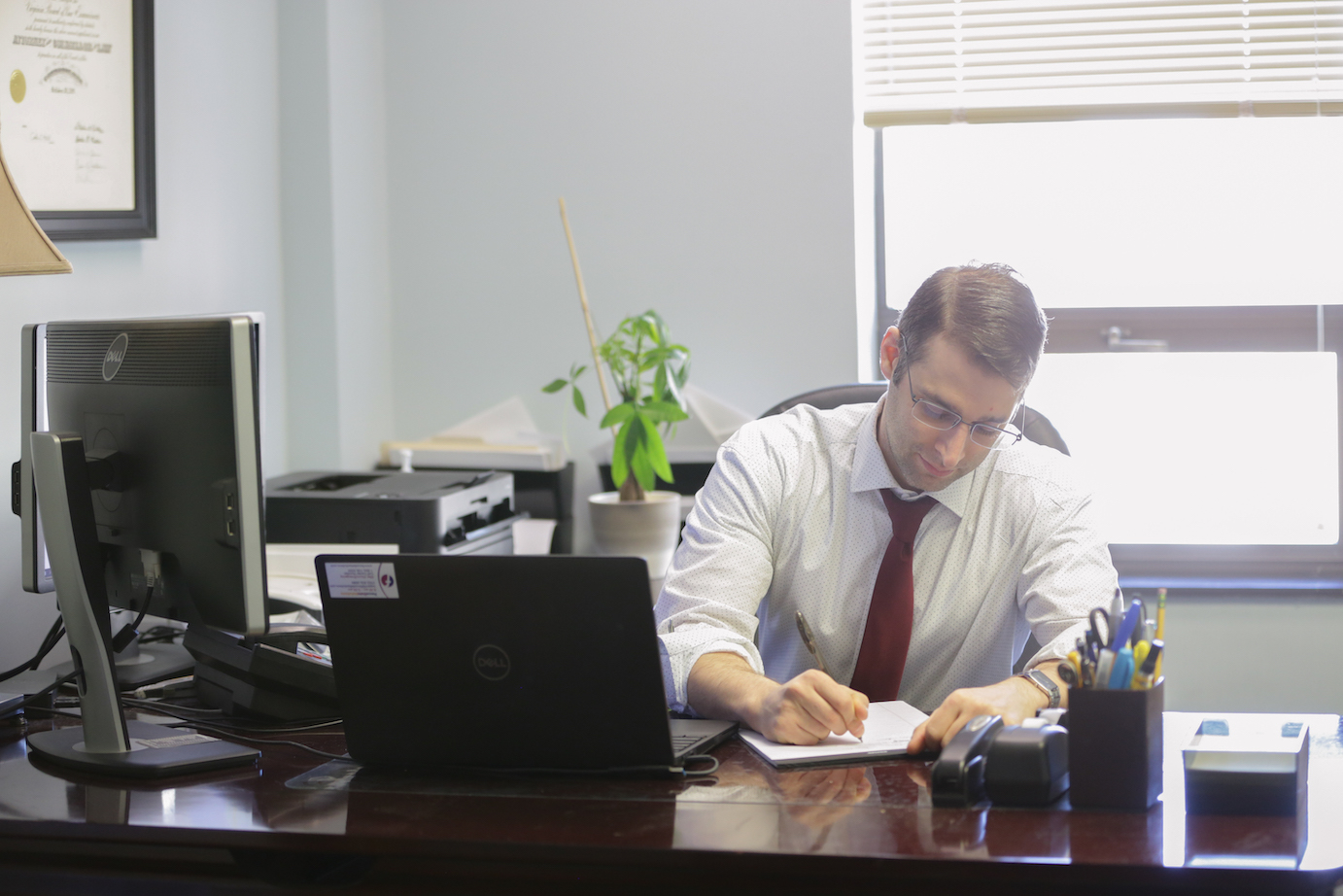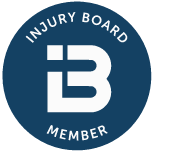Guardrail Accidents in Virginia
Guardrails along our nations’ highways and roadways are becoming more common and prevalent. The purpose of guardrails is to lessen the dangers a motorist may encounter when leaving the traveled portion of the roadway and thereby serve a worthwhile purpose. However, the design and performance of certain types of guardrail terminal end (the beginning of a guardrail) pose a significant danger to a motorist and passengers if struck. Manufacturers of guardrails include Trinity Industries and Lindsay Transportation Solutions.
Typically, guardrails protect drivers from hazards on the side of the road that cannot feasibly be removed, such as trees, utility poles, or steep slopes and cliffs. In other words, guardrails are put in place when the risk of injury or death is more likely than if they were not there.
Guardrail Design and Defects
Guardrails are designed to function in different ways. For example,
- The ET-Plus, a guardrail manufactured by Trinity Industries, is designed to spool when the end terminal is struck and thereby absorb energy and bring the striking vehicle to a controlled stop.
- The X-Lite, manufactured by Lindsay Transportation Solutions, is designed to telescope, with each section of guardrail collapsing upon itself when the end terminal is struck, which, similar to the Trinity Industries ET-Plus, it is intended to absorb energy of the striking vehicle and bring the vehicle to a controlled stop. As of March 2018, 13 states have pledged to remove Lindsay X-Lite end terminals, including Maryland, which has officially begun the process of replacing the nearly 990 X-Lites from area roads. Unfortunately, the process could takes time, meaning that public safety is still at risk—potentially resulting in more needless injuries and death.
We represented the family of a young woman killed when her car struck the terminal end of a Lindsay X-Lite guardrail. Rather than telescoping, as intended and marketed, the guardrail penetrated the passenger compartment of the car, causing fatal injuries. See a video of Tom Curcio discussing the case, click here.
Electric Vehicles and Guardrails
A recent study from the University of Nebraska highlights a growing issue with these guardrails when it comes to the rising number of electric vehicles (EVs). The study, conducted by engineers at the Midwest Roadside Safety Facility, points out that current guardrails weren’t designed to handle the substantial weight of electric vehicles, which can exceed 5,000 pounds. On average, EVs are about 30 percent heavier than their gasoline counterparts, leading to longer stopping distances and potentially more impact in collisions.
As a personal injury law firm, it is crucial to anticipate the potential impact of the evolving landscape surrounding electric vehicles (EVs) on future cases, particularly given the weight disparity between EVs and traditional vehicles. This includes actively investigating potential recalls or modifications that guardrail manufacturers need to implement to address the weight disparity issue. Furthermore, we are evaluating existing standards and regulations related to guardrails to determine if they sufficiently consider the weight and impact dynamics of electric vehicles.
While the issue may not yet be mainstream, as electric vehicles gain popularity, the problem with guardrails will likely become more prevalent. There is an increasing urgency to address this matter, as it is foreseeable that courts will soon grapple with liability concerns, making a compelling case for holding guardrail companies accountable for their role in ensuring road safety.
Guardrail Lawsuits
If a guardrail has a design flaw, manufacturing defect, or improper installation, the consequences of an accident can be extremely hazardous for the occupants of the vehicle. In simple terms, a personal injury resulting from an accident involving a faulty guardrail can have profound and lasting effects on the victim and their family. Many crashes involving guardrail end terminals are single vehicle crashes in which the initial impulse may be to blame the driver, but do not let such thinking stop you from speaking with a knowledgeable attorney.
Manufacturers of defective guardrails can be held responsible through product liability lawsuits, providing a means for the injured parties to seek compensation for a wide range of damages. Our firm has extensive experience in handling cases related to guardrails. If you or a loved one was injured or you lost someone due to a crash involving a guardrail, please schedule an appointment with our skilled legal team, call Curcio Law at 703-836-3366 or contact our Alexandria office online.
Tell us more about your legal matter and a member of our team will be in touch with you shortly.



















